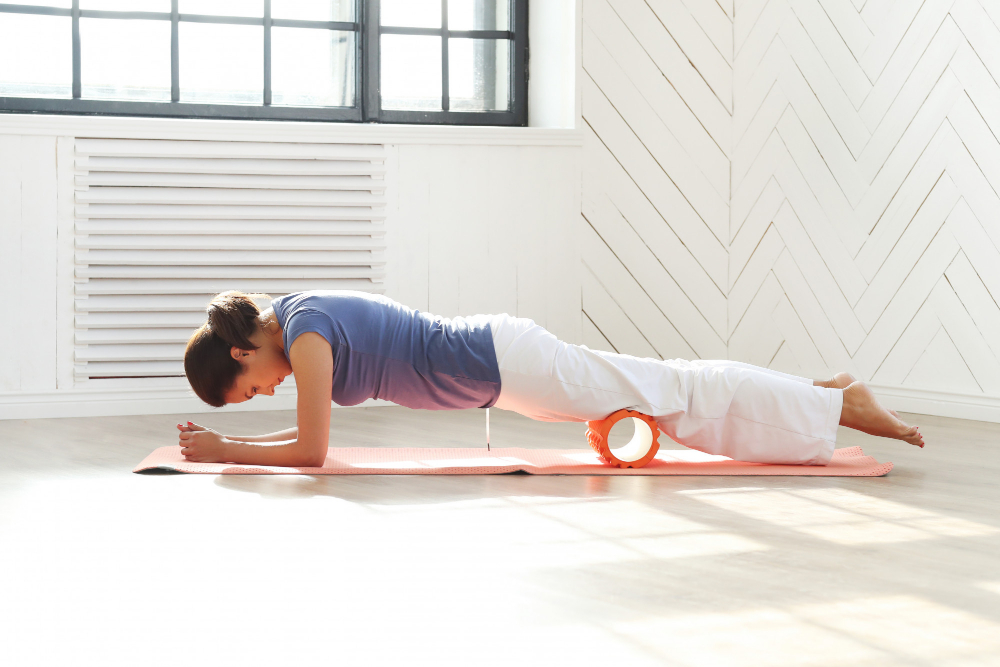Yoga and Pilates are often compared with each other because they share some similarities in terms of their goals, techniques, and benefits. Both practices aim to improve physical and mental health, emphasising the mind-body connection and the importance of mindfulness.
They both incorporate controlled movements, proper alignment, and breathing techniques to enhance the practice. Both also offer the option to use specialised equipment, such as a Pilates reformer or yoga props like blocks, straps, and bolsters, to deepen the practice.
Additionally, yoga and Pilates are both popular forms of exercise that have gained a significant following over the years. They are often practiced in group settings, such as studios or fitness centres, and have become widely accessible through online classes and video tutorials.
While there are some differences between the two practices, such as their history and specific techniques, the similarities between them make them popular choices for individuals looking to improve their overall well-being.
Ultimately, the choice between the two may come down to personal preference and individual fitness goals.
Why do yoga and Pilates get compared with each other?
Yoga and Pilates are two popular forms of exercise that are often compared due to their similarities. However, there are also significant differences between the two practices. This article will explore in more detail the key differences between the two, in terms of their history, goals, techniques, benefits and equipment, to help students make an informed decision about which practice might be best for them.
History
Yoga originated in ancient India over 5,000 years ago and is rooted in Hindu philosophy. The practice was originally intended to prepare the body for meditation and spiritual development. Whereas Pilates was created in the early 20th century by Joseph Pilates, a German-born physical trainer. He developed the practice as a form of rehabilitation and conditioning for injured dancers.
Goals
The aim of yoga is to achieve mental, physical, and spiritual harmony through various postures (asanas), breathing techniques (pranayama), and meditation. The goal of Pilates is to strengthen the core muscles, improve flexibility, and correct posture through controlled movements.
Techniques
Yoga includes a wide range of postures (asanas) that are typically held for several breaths, and often involve stretching and twisting movements. It also includes breathing techniques (pranayama) and meditation. Pilates focuses on controlled movements that engage the core muscles, using equipment such as a reformer, cadillac, and chair. These exercises are typically done in a specific order to target specific muscle groups.
Benefits
Yoga is known to improve flexibility, strength, balance, and overall physical fitness. It is also believed to reduce stress, improve mental clarity, and promote relaxation. Pilates is known to improve core strength, posture, flexibility, and balance. It is also believed to help prevent injuries, relieve back pain, and improve overall physical fitness.
Equipment
Yoga typically requires a yoga mat and comfortable clothing. Some types of yoga may also involve props such as blocks, straps, and bolsters. Pilates often involves the use of specialised equipment such as a reformer, cadillac, and chair. However, Pilates can also be done using a mat and small props such as resistance bands and balls.
Summing up, we can see that yoga and Pilates offer unique benefits and techniques. Yoga is a holistic practice that aims to improve physical, mental, and spiritual well-being, while Pilates focuses on strengthening the core muscles and improving posture. In the end, the best practice for an individual depends on their personal goals and preferences, and of course these may vary over time too.
Can I combine yoga and Pilates?
Yes of course, you can definitely combine both in your exercise routine. These practices have many similarities in terms of their goals and techniques, and combining them can provide a well-rounded workout that improves strength, flexibility, balance, and overall well-being.
One way to combine yoga and Pilates is to incorporate Pilates exercises into your yoga practice. For example, you could add some Pilates mat exercises, such as the Pilates Hundred or the Single Leg Stretch, into your yoga routine. This can help to improve core strength, which is important for both yoga and Pilates.
Another way to combine them is to attend a fusion class that incorporates elements of both. Many fitness studios offer classes that combine yoga and Pilates, or you could look for online classes that offer a blend of both practices.
Ultimately, the key is to listen to your body and find a balance that works for you. If you are new to either practice, it is important to start slowly and gradually increase the intensity and duration of your workouts. It is also a good idea to consult with a qualified instructor or healthcare provider to ensure that you are practicing safely and effectively.
Online versus in-person
The choice between online or in-person depends on your personal preferences and needs. If you are new, have specific needs or health concerns, it may be best to start with private yoga sessions near me or in-person yoga near me to receive direct instruction and guidance. But if you have a busy schedule or prefer the convenience of practicing at home, online classes may be a better option for you. Regardless of your choice, the most important thing is to find a practice that works for you and supports your overall health and well-being.
Read more blogs on olascar.com

